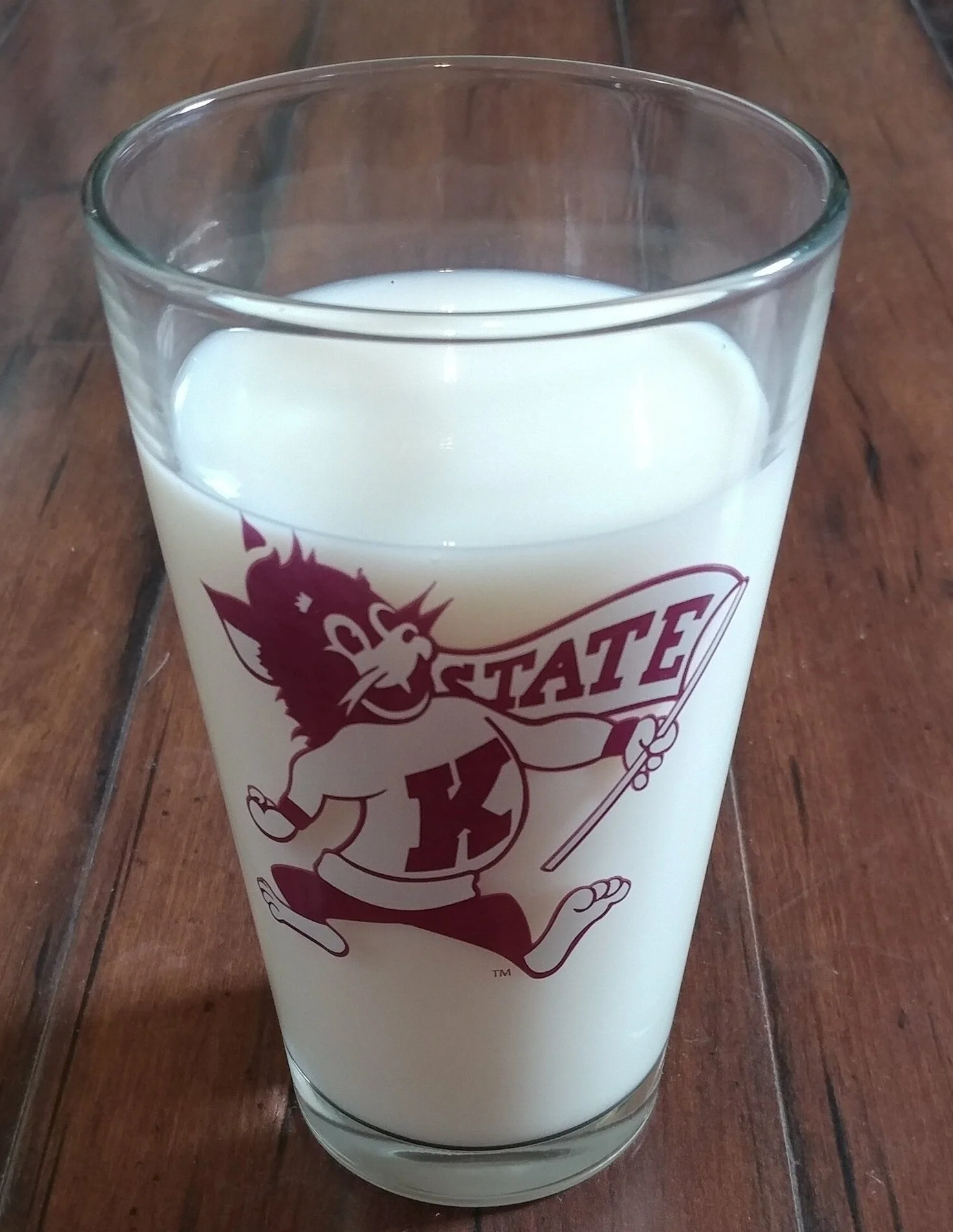June is Dairy Month
Sometimes my blog posts are emotional and sometimes educational. Today’s blog post is educational.
In light of dairy month, I am going to talk about one “Before the Plate” topic related to dairy and one “It’s All about the Plate” topic related to dairy. Each of these topics is intended to help dispel some misinformation about dairy.
Before digging into these topics, I am going to provide a little history on dairy month. It started as National Milk Month in 1937 to promote drinking milk. In 1939, June Dairy Month became the official title and focused on a broader use of milk and other dairy products.
To begin, I want to clear up the “Before the Plate” misinformation about milk containing antibiotics. All milk is tested for antibiotics prior to leaving the dairy farm as well as upon reaching the processing plant. If milk is found to contain antibiotics, it is disposed of, and this is very costly for dairy farmers. So, you can rest assured, the milk and other dairy products you purchase at the grocery store contain no antibiotics.
The “It’s All About the Plate” dairy misinformation I want to dispel is dairy related to lactose intolerance. In working directly with patients and clients, I often hear people say they are lactose intolerant. In an effort to help people be able to enjoy their food and receive all the nutrients needed for health in as easy a manner as possible, we seek to determine if an individual is truly lactose intolerant or if they have an allergy or intolerance to one of dairy’s proteins.
Two of my favorites…KSU and a cold glass of nutrient rich milk
If an individual has a true dairy allergy or intolerance, the good news about this is it typically occurs in young children who usually outgrow the allergy or intolerance by age 3. The bad news is if not outgrown, there is no treatment for a cow’s milk allergy other than eliminating cow’s milk and other dairy food and ingredients from the diet. This can be difficult, so individuals can benefit from working with a registered dietitian to avoid adverse reactions while obtaining recommended nutrients needed for health.
If an individual has lactose intolerance, it usually doesn’t present until later in life. The good news about lactose intolerance is people can enjoy milk and milk products with the implementation of the following information:
· One of the main ways they can do this is to drink lactose free milk.
· Because cheese is low in lactose, people with lactose intolerance can usually tolerate cheese without any discomfort.
· Traditional yogurt contains lactose but also contains live and active cultures that help digest the lactose which can make it easier to tolerate.
· Greek yogurt contains less lactose due to the straining process used to make it. This along with the live and active cultures also present in Greek yogurt make it very tolerable to people with lactose intolerance.
· Although butter and cream are actually not considered dairy but are considered to be included in the added fats category, many consider them to be dairy. Either way they contain minimal lactose.
· Finally, a half cup serving of cottage cheese contains about 3g lactose, which is a relatively small amount that doesn’t typically cause discomfort for people with lactose intolerance.
In an effort to keep this post brief (kind of) 😊, I am going to provide some references for more information on dairy at the end of this post. So, while you peruse the information on dairy, go pour yourself a glass of wholesome milk and enjoy the nutritional benefits dairy provides!
Resources:
https://www.southwestdairyfarmers.com/
https://www.linkedin.com/feed/update/urn:li:activity:6805885608196632576/

